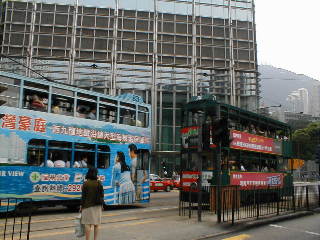
The key to the integration is the Octopus Card, launched in 1996. This is a contactless smart card that can be used on all major transport operators, some light buses and car parks and in an increasing number of retail outlets.
An optional personal Octopus card can be registered so that direct debit re-charging can be used.









